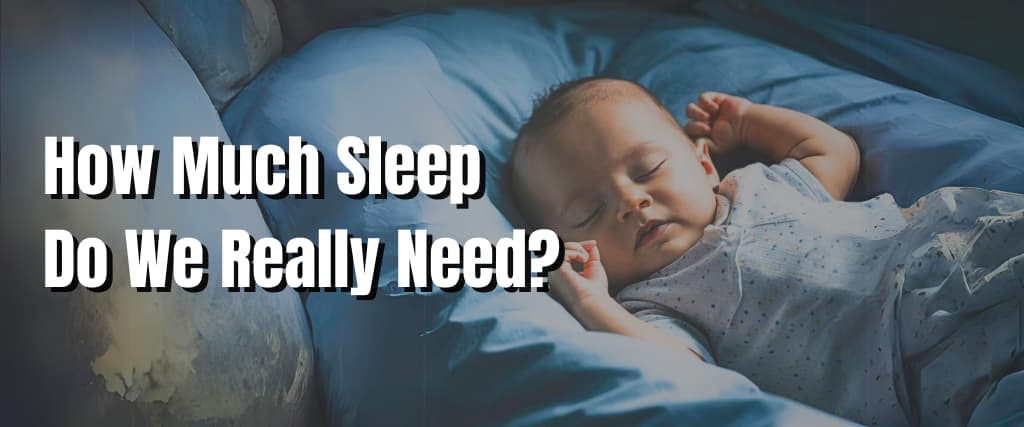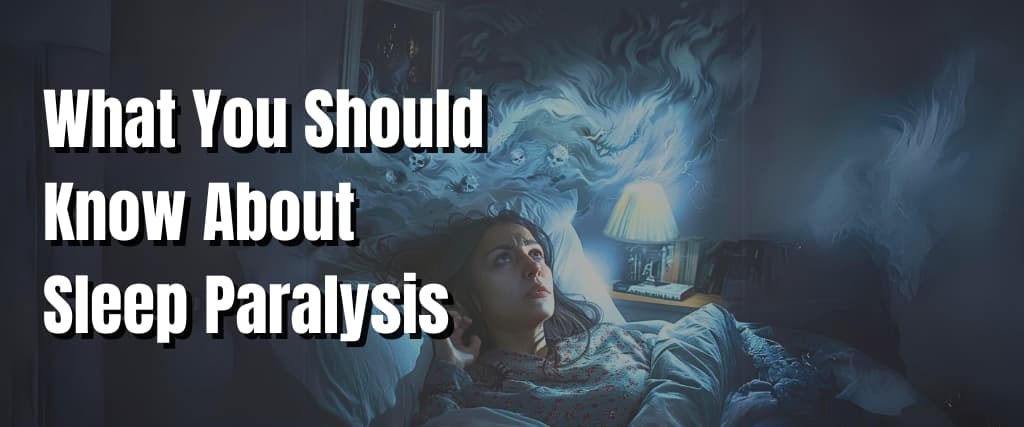Bedbugs are common in the majority of American homes. According to recent research, one in five homes has been infested with bed bugs in the last year. They can be challenging to eradicate once they invade your home. You may be able to get rid of your mattress and call in professionals.
Bed Bugs: What Are They?

Bed bugs are small, oval-shaped insects with brownish tints. Their bites can induce discomfort, psychological effects, and allergic responses, among other things. Bed bug bites may result in skin damage ranging from slight redness to blisters.
They also feed on the blood of animals and humans, and their flat bodies grow and become red after they feed on their host. Despite their inability to fly, they are incredibly agile, moving quickly across surfaces.
Bed Bugs Hiding Places

Due to their flattened bodies — about the thickness of a credit card — bed bugs can hide in microscopic areas, such as gaps in nightstands or baseboards. They can travel unnoticed through baggage, worn furniture, and clothes. This is why it’s critical to machine-wash clothes after a lengthy trip — to get rid of bugs before they become a problem.
Bed bugs can rapidly move from their hiding places to other areas of a room, home, or apartment. They like to live in groups rather than nests, and they prefer to reside in mattresses, box springs, bed frames, and headboards (thus their name) for easy access to their food source — us.
Bed Bug Infestation Signs

If you discover little, irritating red bites on your skin, it might indicate bed bugs infestation. Bed bug bites are sometimes confused with mosquito bites. However, if you detect red bite spots after taking a nap on a worn mattress, returning from a lengthy trip, or moving used furniture into your house, you may have a bed bug problem.
Bed bugs are primarily nocturnal, so they go to work when we are asleep. Bed bugs use their extended beaks to penetrate the epidermis and suck blood until they reach around seven times their regular size. The bites are harmless at first, but they grow into irritating red spots on exposed body portions within a day.
If you suspect a bed bug infestation, look for blood splatters on your beddings, dark or reddish-brown patches, eggs (approximately 1mm in size), eggshells, transparent and somewhat orange shed skin, and a musty stench in the linens and mattress.
How to Get Rid of Bed Bugs

Getting rid of bed bugs altogether might be a challenging process. Thus, it is strongly advised to dispose of the mattress, a prime breeding ground for bed bugs. Nevertheless, if relocating the bed is out of the question, the methods below can help alleviate the problem.
1. You Should wash Bug-Infested Clothing and Bedding

Remove all bedding, including pillows and clothing, off the floor and soak in hot water before washing in the dryer on the highest available setting. Items that you cannot clean, such as shoes and plush animals, can be dried for 50 minutes to destroy potential bed bugs.
2. Vacuum and Dry Scrub
To get rid of bed bugs and their eggs:
- Use a stiff brush to brush around the mattress seams.
- Use a vacuum cleaner on the sleep surface to remove any dislodged bugs or eggs, and then vacuum the space surrounding the bed to finish the job.
- Ensure to empty any leftovers from the vacuum cleaner or the vacuum bag into plastic bags before sealing and throwing them in outdoor trash cans.
Please keep in mind that dry washing and vacuuming will only remove visible bed bugs and eggs from the surface of the mattress, not bed bugs that have burrowed deeper into the mattress itself.
3. Steam Clean
An effective DIY way for getting rid of bed bugs is to use dry, high heat steamers. Bed bugs are killed on touch when exposed to temperatures over 120 degrees Fahrenheit, making steaming an excellent alternative to chemicals since it kills bacteria and gets rid of allergens.
A word of caution: steam is not recommended for memory foam mattresses since heat and liquid may cause memory foam to degrade fast.
4. Diatomaceous Earth

Diatomaceous earth is a natural supplement composed of diatoms or plankton mined and processed into a fine powder. It has a high concentration of silica, which aids in developing human hair, skin, and nails.
You can use diatomaceous earth to dry up bed bugs by absorbing their oils and lipids. Sprinkle a uniform layer of diatomaceous earth on your mattress to get the desired results. Only use this if the mattress is completely dry to get the best results and keep the mattress sealed for five to ten weeks in an encasement with a zipper to ensure that all bed bugs and eggs are eliminated.
5. Seal the Mattress
Use an anti-bed bug mattress covering that is tightly woven and zippered to prevent future infestations and the escape of bed bugs as soon as the treatment is complete. These enclosed covers must remain in place for at least a year after being removed to ensure that the bed bugs are dead. Several manufacturers guarantee protection against liquid spills and stains with their mattress protectors.
If You Can’t Get Rid of Bed Bugs
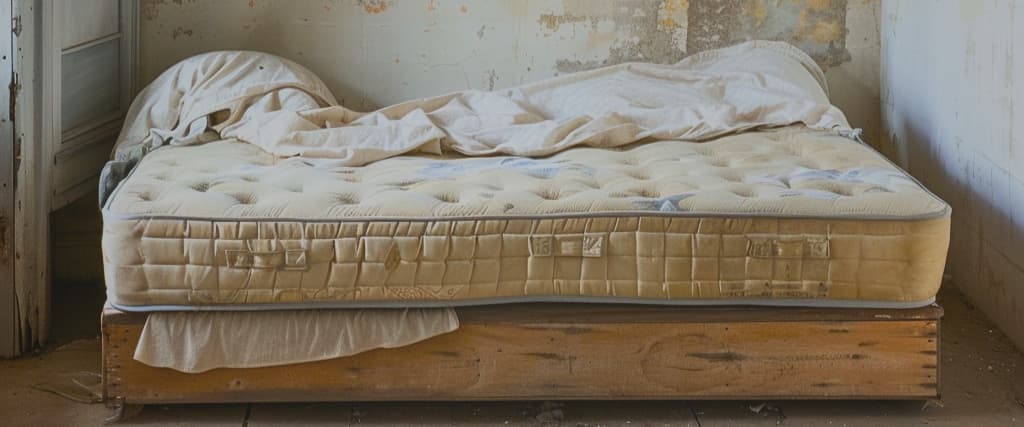
If the bed bugs are still present after you have completed the above instructions, you have two choices:
1. Bring In the Pros
One of the best methods to get rid of bed bugs is to contact a pest management agency or a pest control company. Bedbugs and their eggs can be killed by exterminators using specific chemical treatments. In most instances, professional extermination is worth the as it saves your bed and other furniture from being ruined. If the problem is severe, you may need to leave your house for a few days while the exterminators work.
2. Get Rid of the Mattress
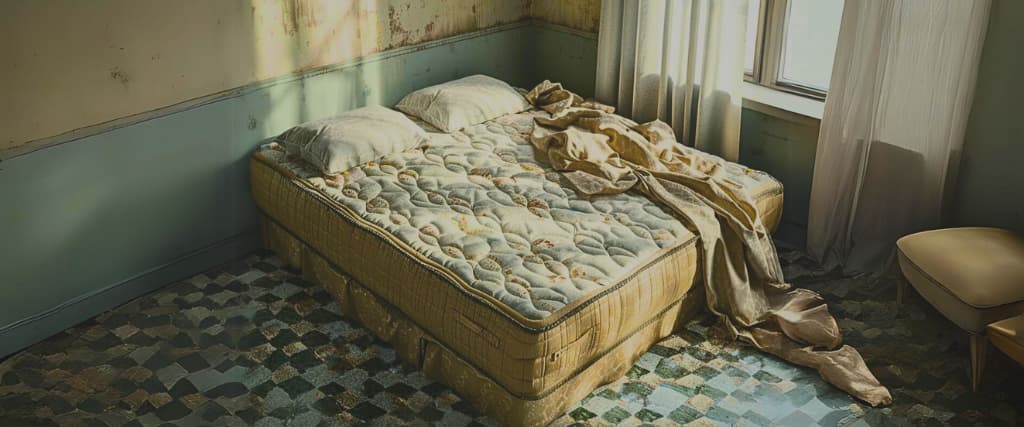
Removing the mattress is the most effective remedy in a bed bug infestation. It significantly lessens the severity of an infestation while saving you a great deal of time and misery. You may believe it is not in your best interest to purchase a new mattress. Still, if following the procedures outlined above does not alleviate your discomfort, disposing of your mattress might be your only option.
Precautions
Using a mattress cover and changing your bedding will help keep your home free of bed bugs. The tiny pests can be a nightmare, so take these precautions to avoid them.
Mattress Protector
A fantastic approach to extend the life of your mattress is to use a mattress protector. One that completely wraps your mattress is the best option as it secures your mattress from bed bugs, dust mites, stains, and spills by using a unique fabric.
Change Bedding Regularly
Changing and washing your bedding will help lessen the possibility of bed bugs breeding and eliminate those already present on the mattress. Additional measures that help prevent bed bug infestations and enhance your sleep quality include washing your bed sheets at least once a week and your comforters, pillows, and blankets once a month.
Other Things to Consider
How Do You Check A Mattress For Bed Bugs?

You can check a mattress for bed bugs by paying attention to crimson stains on your bed linens, small eggs or eggshells (approximately 1mm in size), and live bed bugs in and around your bed.
Is There A Specific Scent To Keep Bed Bugs Away?
Yes, there is a specific scent that repels bed bugs. Bed bugs are repulsed by the smell of lavender essential oil, making it an excellent deterrent. Deodorising your mattress with baking soda is also a simple and effective method of keeping these tiny nuisances at bay. Let it lie for a few hours before washing the bed with a mixture of baking soda and 20-30 drops of lavender oil. Vacuum up the baking soda with an upholstery brush.
How Do I Throw My Old Mattress Away?
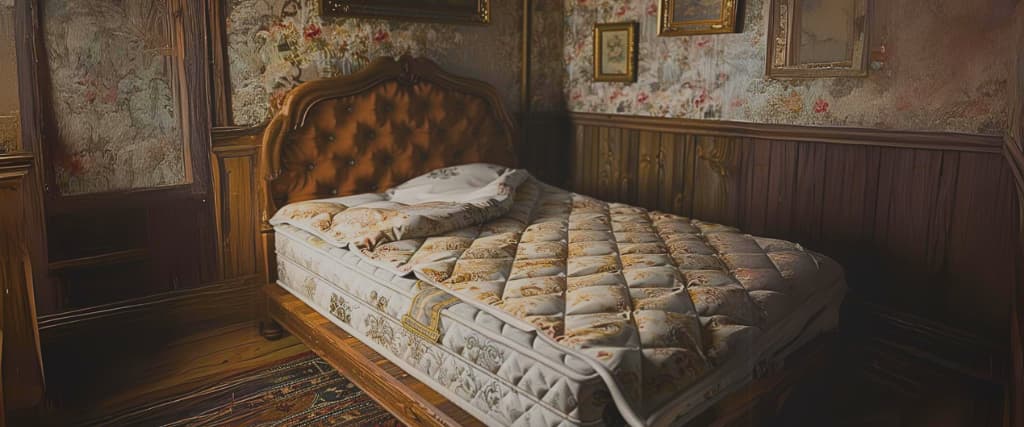
The simplest and most ecologically responsible method to dispose of a mattress is to recycle it. Do not dispose of a bedbug-infested mattress in your local trash bin. In certain jurisdictions, disposing of your mattress in this manner is punishable by fines, so be sure to verify with your local garbage disposal agency before doing so. Don’t give it to a charity or a buddy, either. Fortunately, mattress removal services can come to your home and dispose of your mattress.
How Can I Prevent Bed Bugs From Getting On My Mattress?
You can prevent bed bugs from getting on your mattress by using a mattress cover encasement on your new mattress as soon as you get it. It zips shut to keep bedbugs out, and it covers the whole surface of the mattress. Finally, keep the area surrounding your bed as clean as possible by dusting often and routinely cleaning your mattress.
What Should I Do With My Mattress If I See Bed Bugs On It?
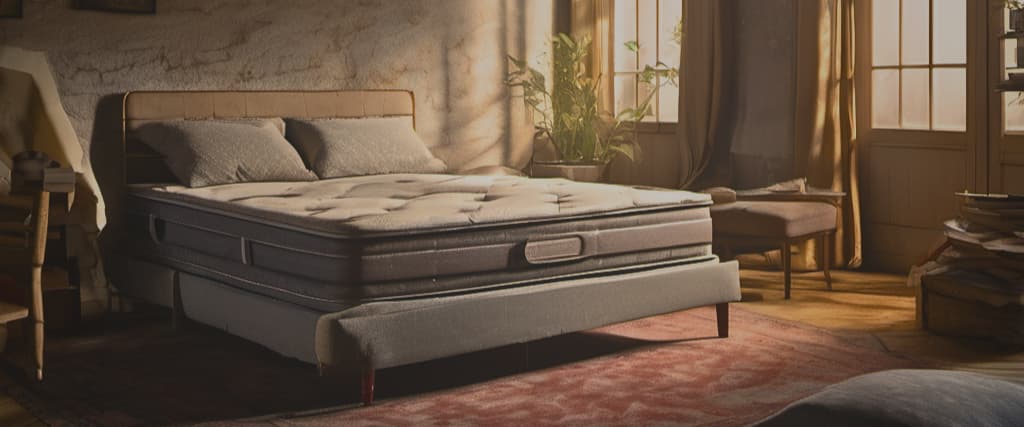
When you spot a bed bug on your mattress, you should look for a way to get them off the mattress. There are several ways to get rid of bed bugs, such as using bed bug spray or calling an exterminator, but occasionally the infestation is so bad that you need a new mattress. Examining every surface of your room’s other furnishings to see whether they’re infested will help you identify any problems before they get out of hand.
Conclusion
If bed bugs are not adequately treated as soon as they are discovered, they may become a significant issue quickly. The most effective way is to discard your present mattress and get professionals to inspect and eliminate any evidence of bed bugs thoroughly. Don’t put up with bed bug infestations any longer; take the required procedures to get rid of the bugs as soon as possible.




